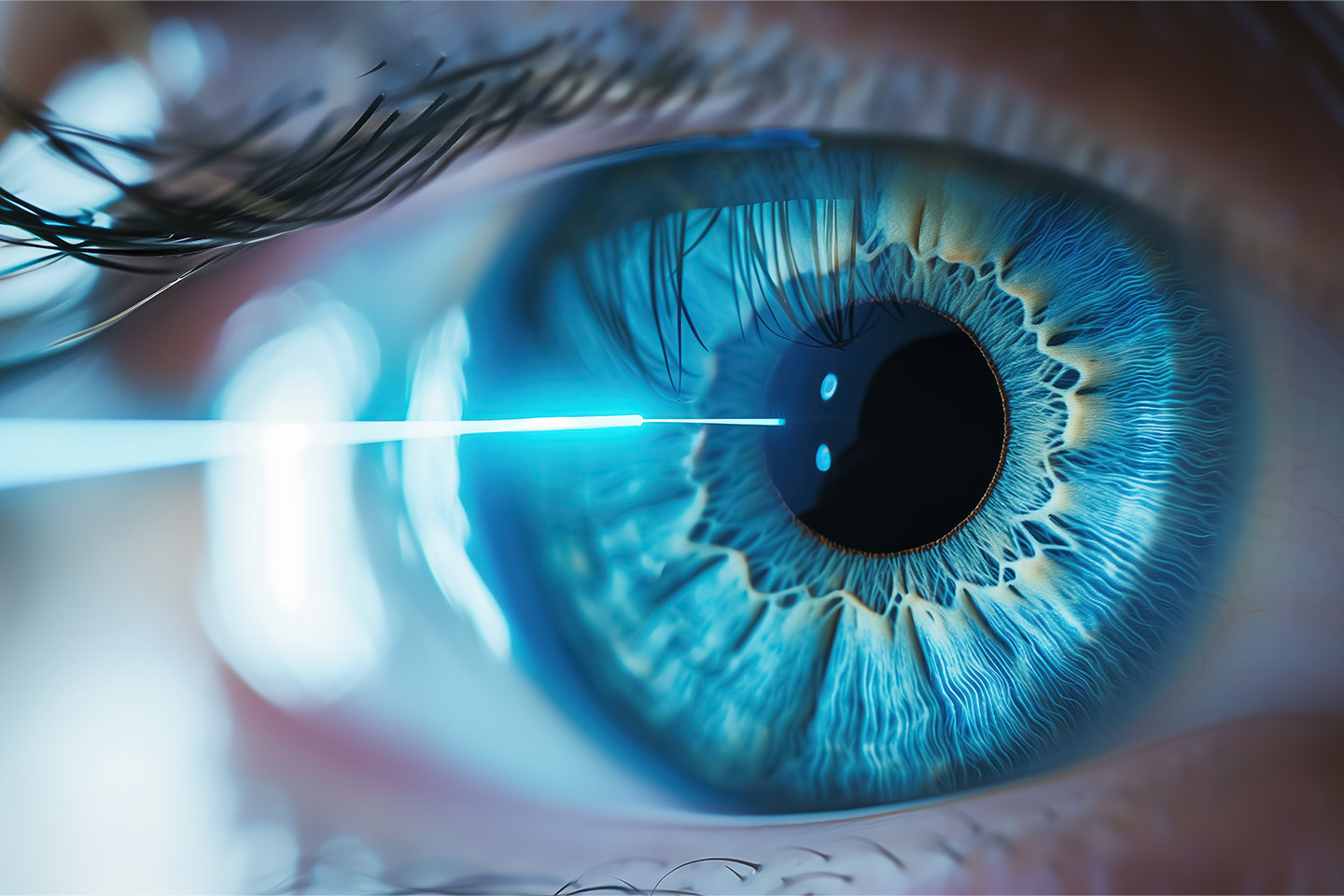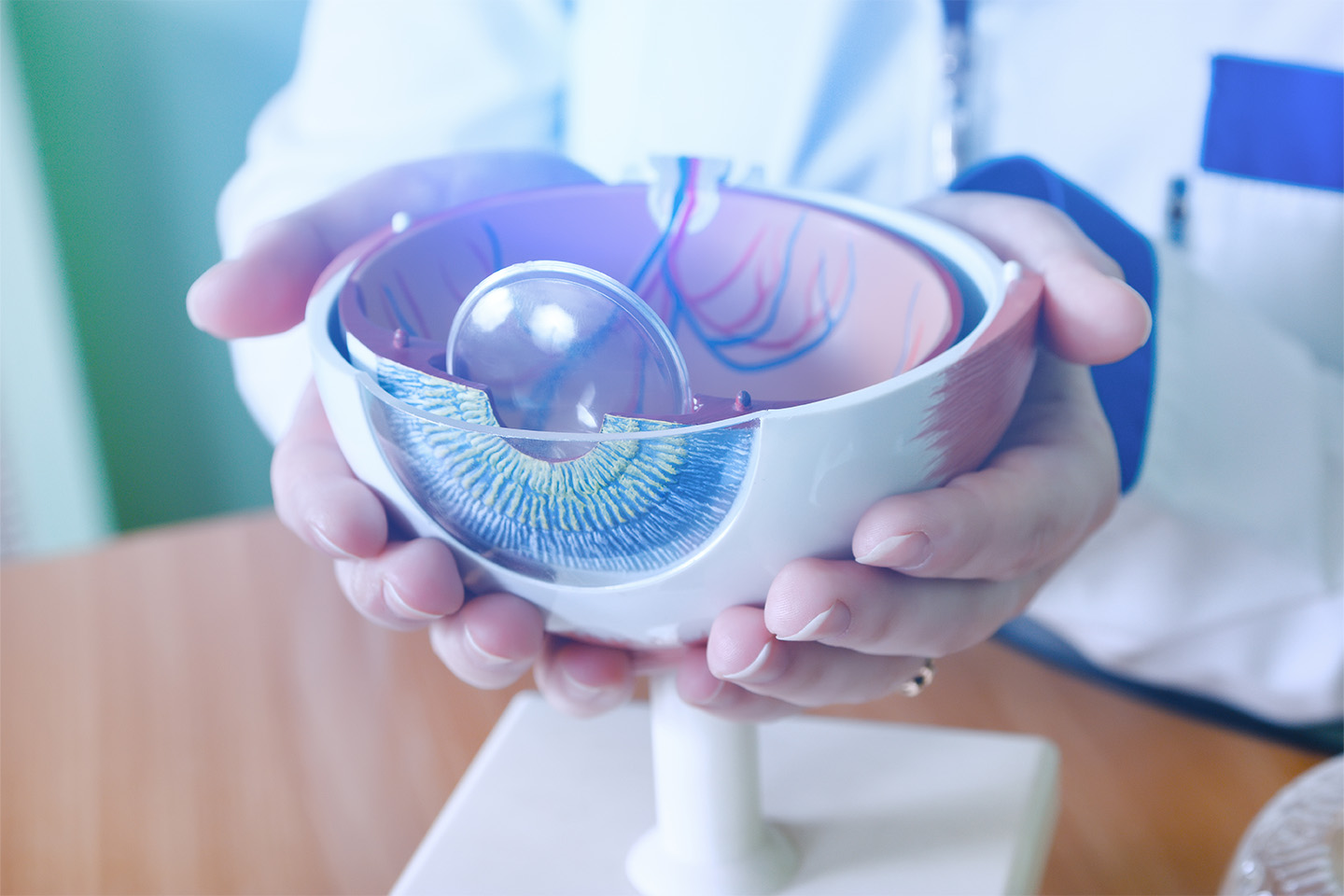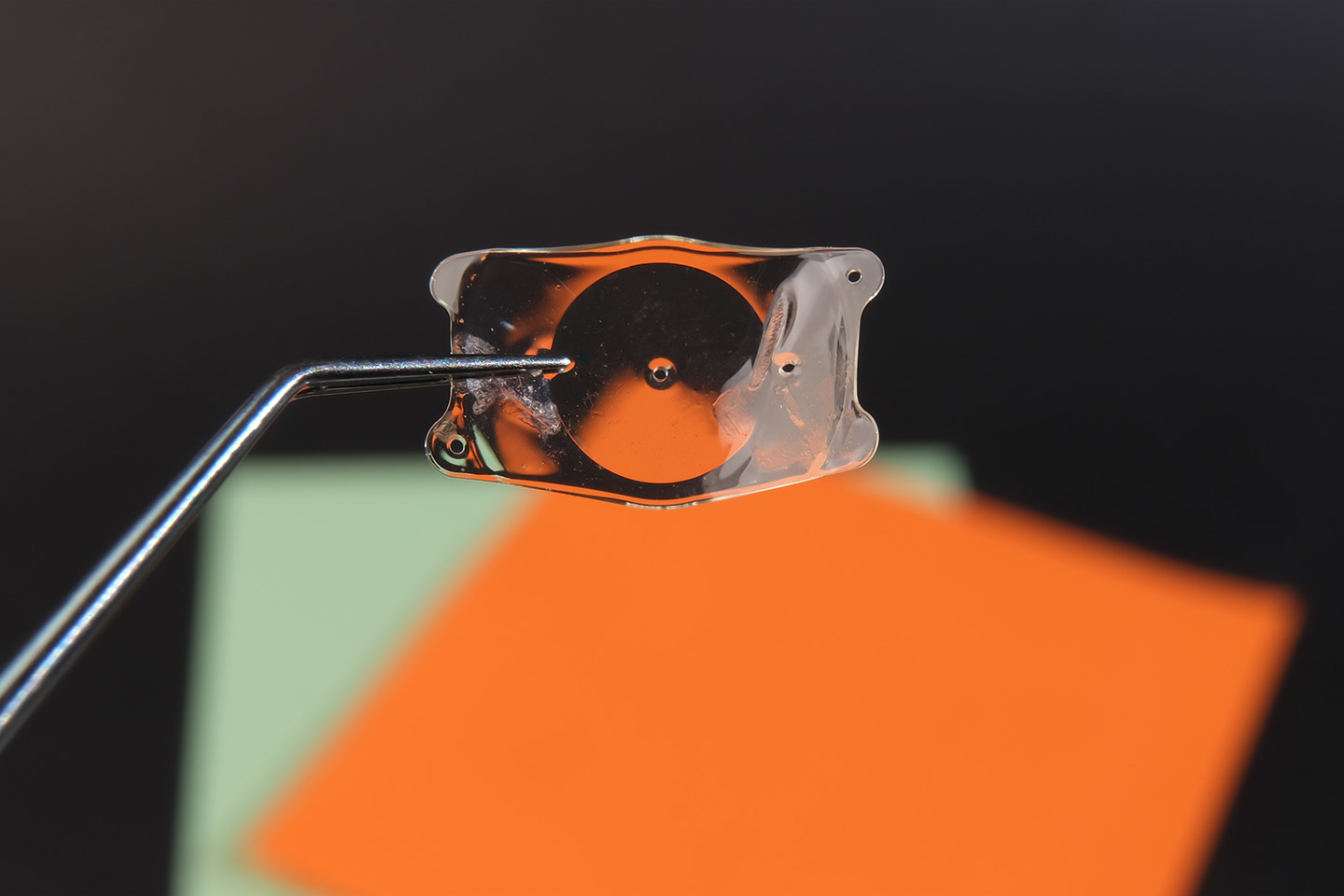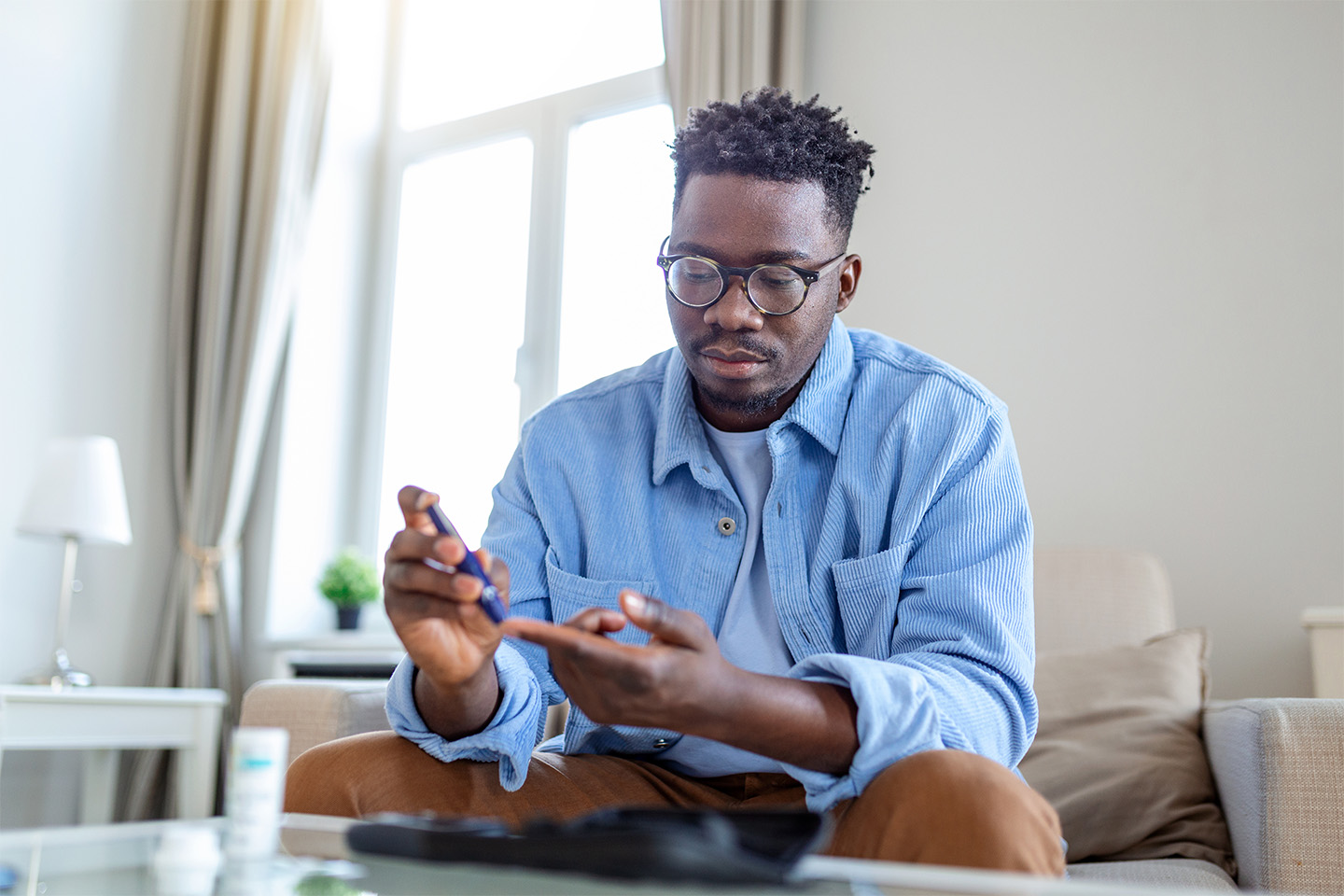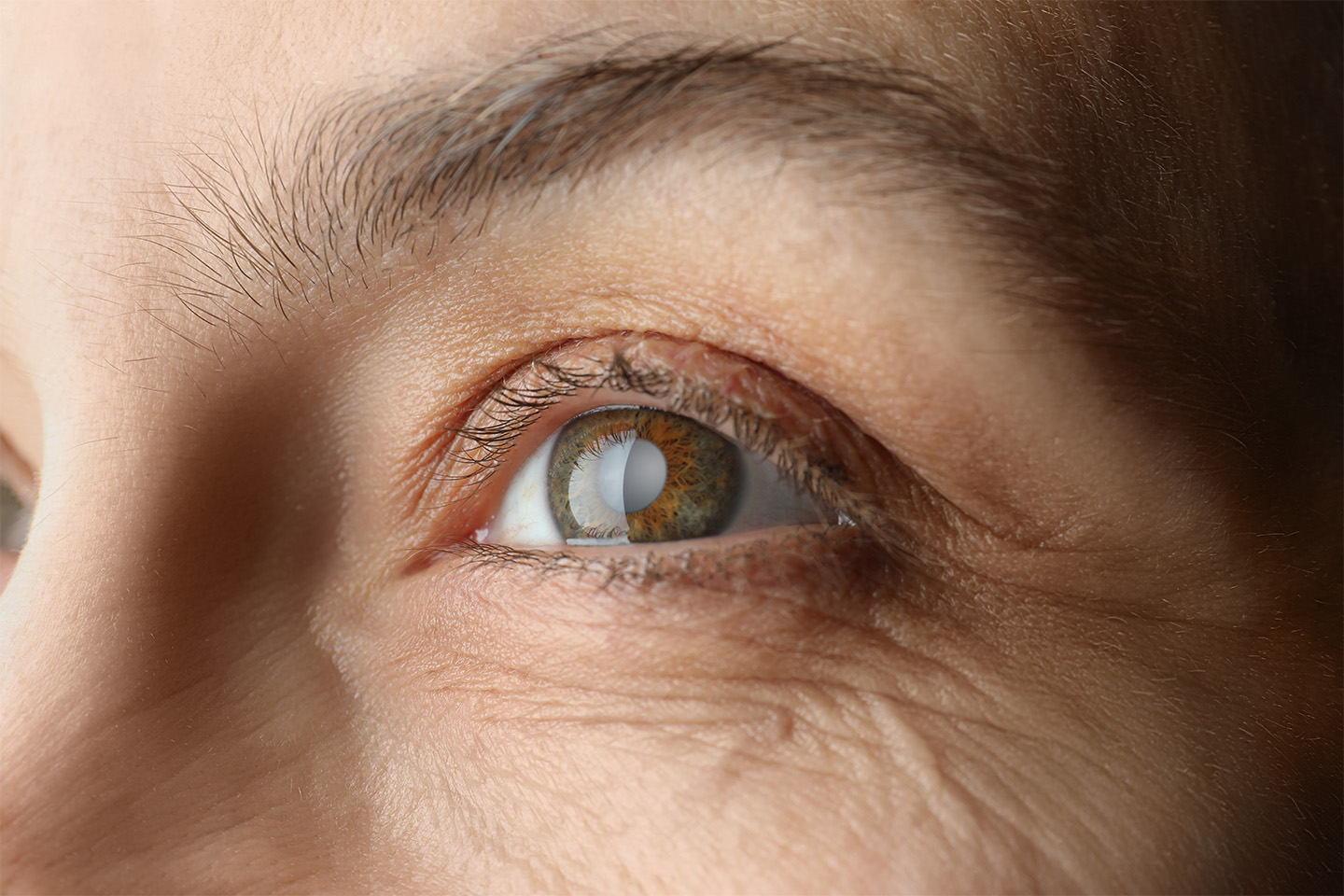Screen Time Length and Its Effects on Your Eyes
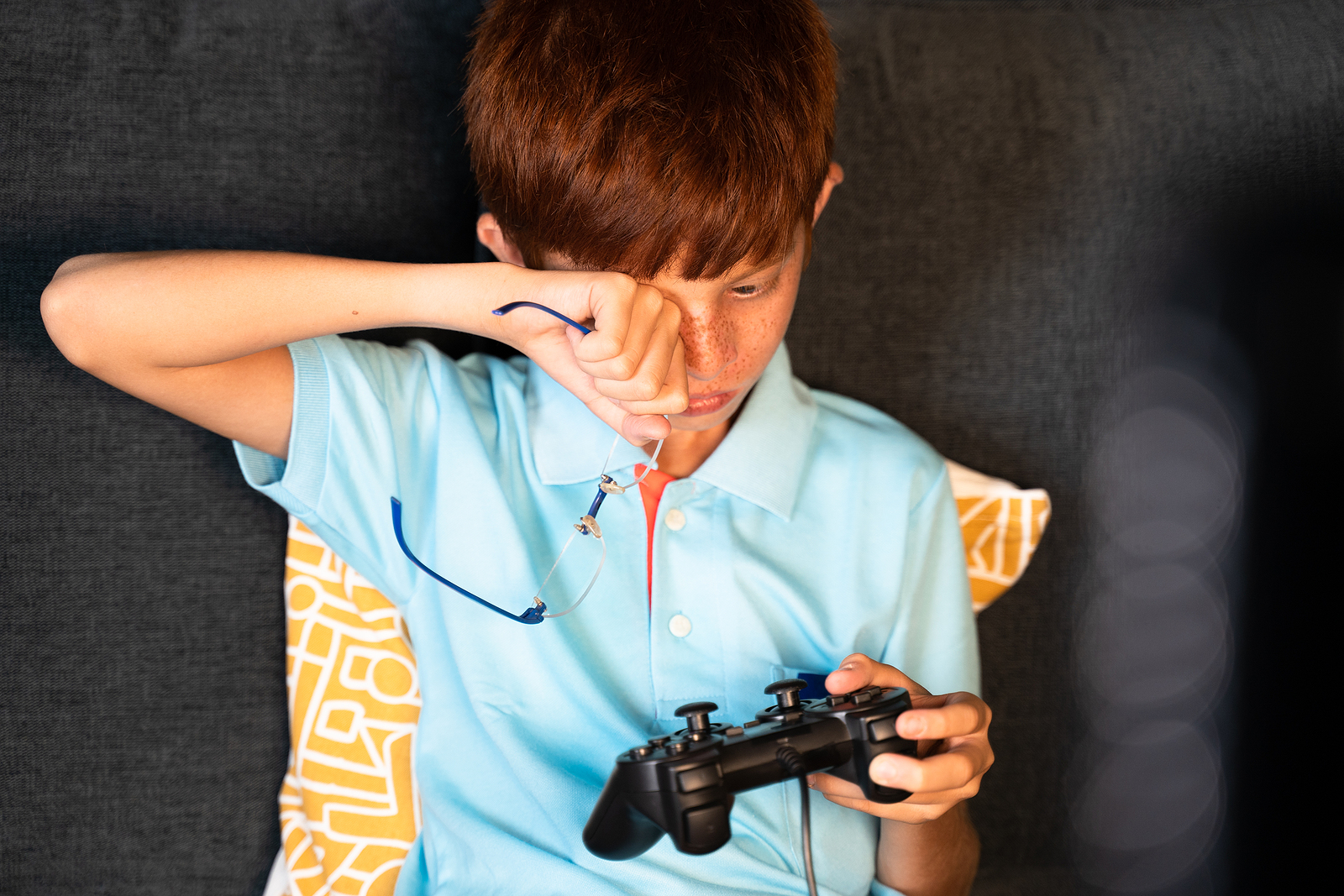
Whether you check your phone first thing in the morning, watch the news while you’re getting ready for work, or spend your day working on a computer, you likely get a lot of screen time every day. Between online schooling, scrolling through social media, and playing the new PS5 or Nintendo Switch, your kids are no different.
But all this screen time – both necessary and recreational – can affect your family’s eyes and even other aspects of their health. Thankfully, there are ways you can reduce the eye strain without sacrificing your everyday routine.
What are the Effects of Too Much Screen Time?
For about 60% of Americans, excess screen time leads to computer vision syndrome, or digital eye strain. Some symptoms of eye strain include:
- Sore, tired eyes
- Dry eye
- Blurred vision
- Headaches
- Insomnia
- Neck and shoulder pain
Generally, these problems stem from the screen set-up and your frequency/length of use. However, eye strain can also occur due to blue light – short length, high-energy light waves. There is some discussion of whether this type of light may damage retinal cells, leading to macular degeneration as you age; however, more research is needed to prove this correlation.
How Much Screen Time is Too Much?
As it stands, 8- to 12-year olds generally spend up to 4-6 hours of screen time a day, while teens rack up nearly 9 hours daily. As adults, we spend about 10.5+ hours in front of the screen each day.
Fortunately, vision experts say they don’t see screen time for kids as a cause of permanent vision damage but recommend limiting it to a few hours a day for comfort and extended eye health.
How to Limit the Effects of Screen Time
Aside from reducing your overall screen time, you can limit its effects by making the following changes.
1. Take Screen Breaks
Staring at your screen without looking away can cause a dull, painful strain. Therefore, taking frequent breaks gives your eyes a chance to rest and relax. Try to follow the 20-20-20 rule: every 20 minutes, look at an object 20 feet away for 20 seconds.
2. Blink More
Blinking keeps your eyes moisturized and protected, but you’re less likely to do so when you’re concentrating on your device. We blink approximately 10x less than we’re supposed to while on our devices. Because of this, your eyes become drier and more irritated, so you must make a constant effort to blink.
You can also use artificial tears to keep your eyes lubricated throughout the day.
3. Move Your Screen Further Away
Because your eyes must work harder to see up close, you should ensure that your screen is an arm’s length or at least two feet away. Likewise, cellphones and other handhelds should be positioned one foot away during use, while TVs and similar devices are best at ten feet away.
4. Adjust the Lighting
When your screen and the room’s lighting contrasts, it strains your eyes. It’s best to adjust your screen to match the intensity of the surrounding light. Likewise, opting for natural light instead of fluorescent light can reduce irritation.
5. Increase Your Text Size
Larger text makes it easier for your eyes to focus and read your screen.
The best way to keep your eyes healthy is to schedule an annual eye exam. Eye exams are especially important for kids as they won’t always tell you when they are experiencing vision problems, so the assessments can effectively determine whether screen time for kids is affecting their vision.
At Kleiman Evangelista Eye Centers of Texas, we treat eye issues and conditions to ensure healthy, and unassisted vision for longer. Schedule an appointment with us today to address your eye concerns.
[DISPLAY_ULTIMATE_SOCIAL_ICONS]



